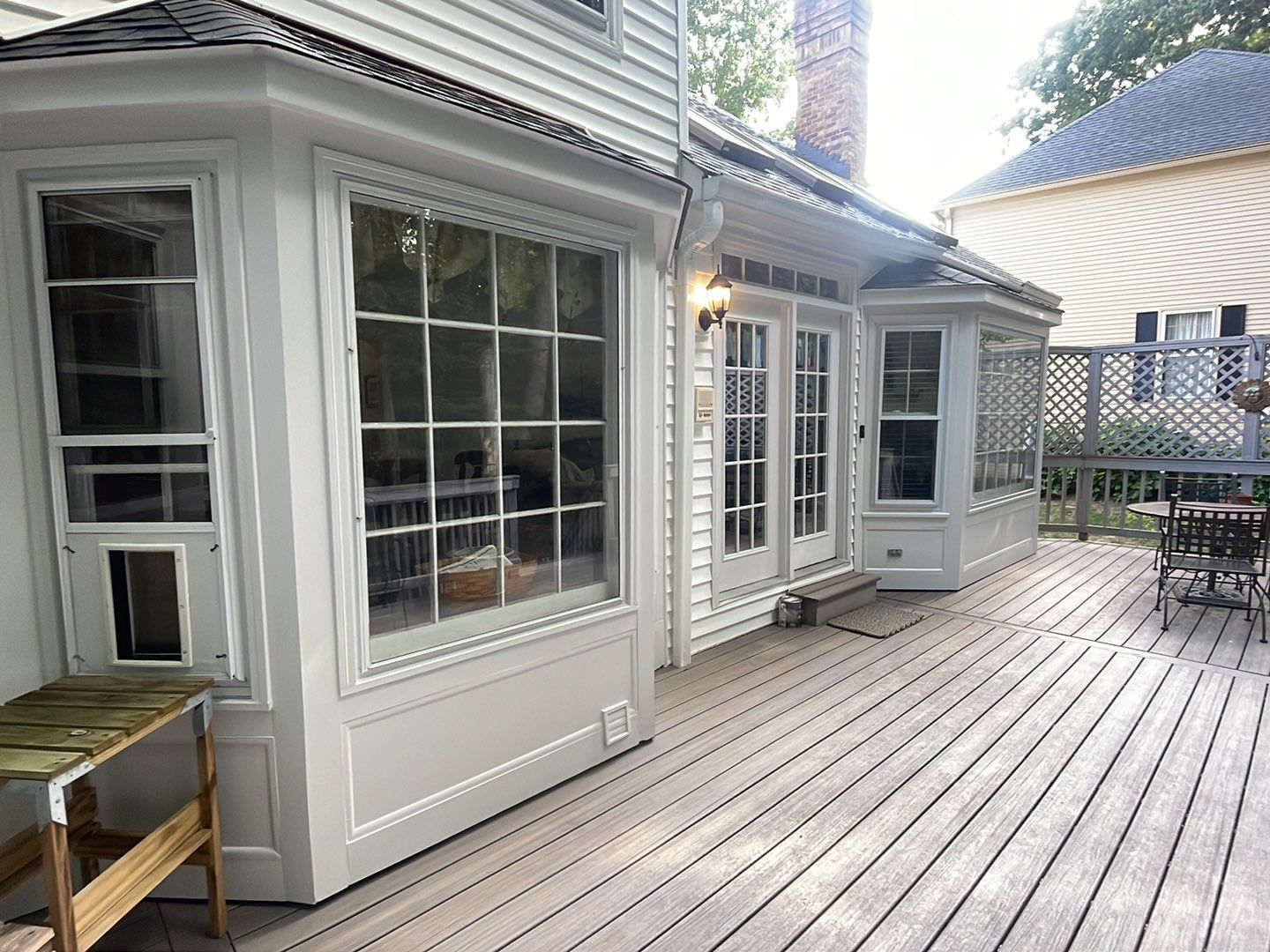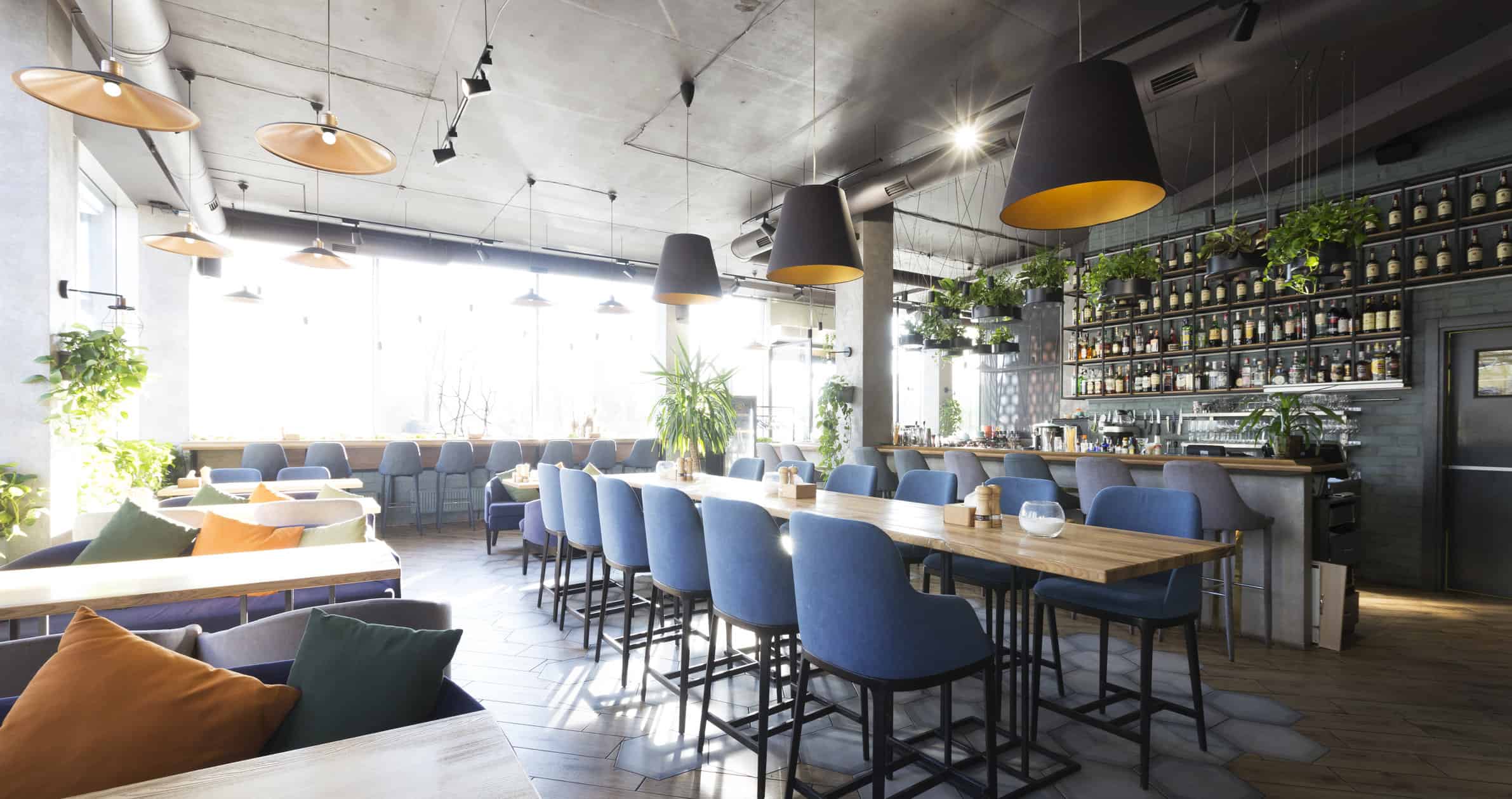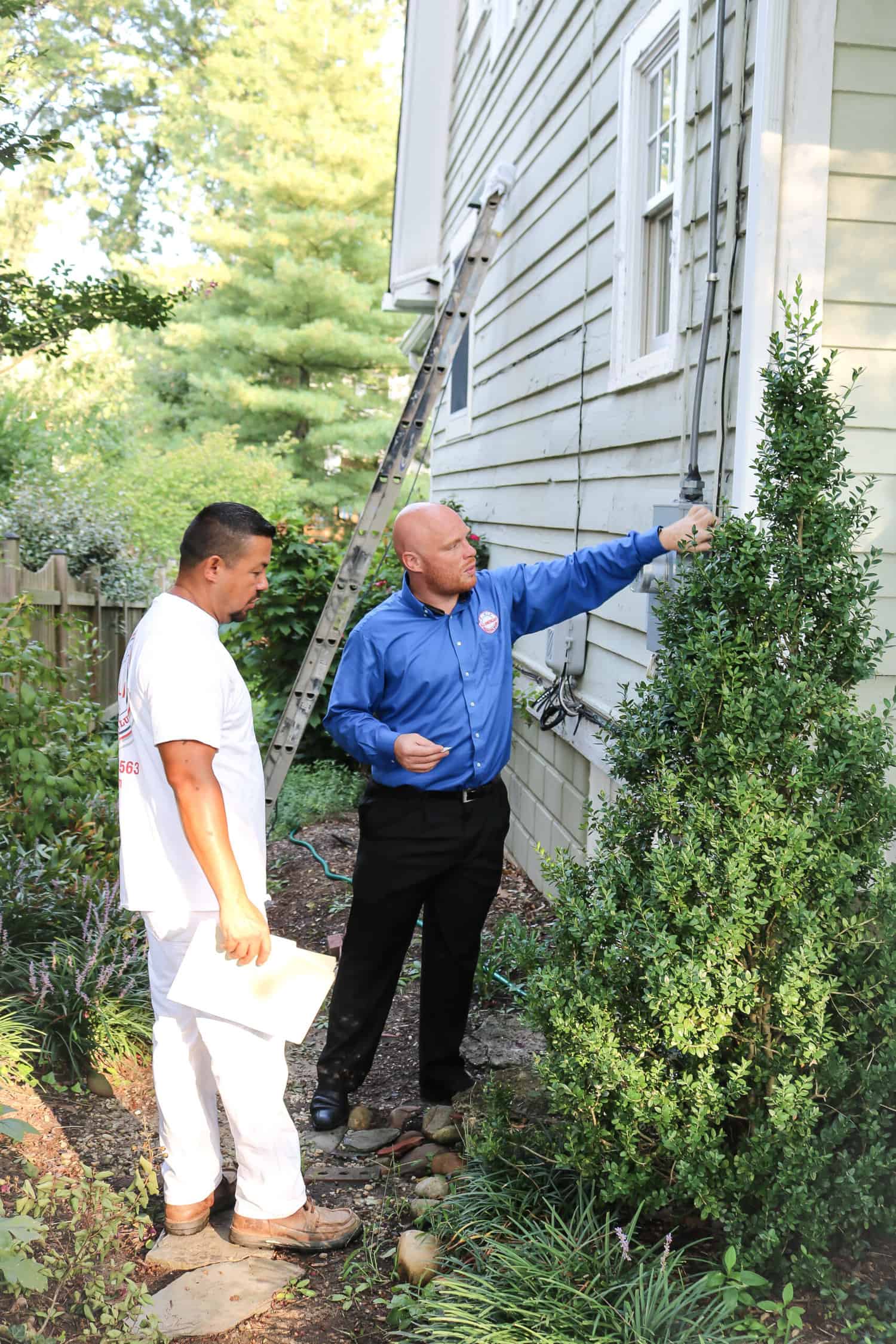An interior design buzzword, shiplap is a versatile material steeped in historical value. Shiplap is a plank with grooves at the top and bottom to allow shipbuilders to tightly fit pieces together making them watertight. Later, the shipbuilder’s timbers were used to sheath exteriors of homes to keep out cold winds. Today, shiplap is a hot trend in Northern Virginia interior home décor that can change and enhance the look and feel of a space.
Shiplap is exceptionally versatile and brings a unique texture to a room. It can be a mightily impressive accent wall and because it can be painted, stained or varnished, there are unlimited possibilities for its adaptability in any decorative scheme. Occasionally, a restoration project for an old Northern Virginia home’s plaster interior will reveal a treasure trove of original shiplap. The homeowner can do a happy dance because original shiplap is a high value reclaimed building material. But this sort of find doesn’t always happen, and original shiplap can be quite pricey.
There are alternatives.
There are plenty of suppliers selling new shiplap but it can be on the expensive side. The reason is because both edges need to be milled to achieve the watertight overlap, which of course you don’t need in today’s decorative purposes.
An affordable alternative is 1”x6” MDF (Medium Density Fiberwood) planks. They can look identical to shiplap without the need for milled edges.
How a Professional Painter Installs Shiplap
At the award winning, Reston-based, painting business All American Painting Plus, one of the “Pluses” is our crew of talented carpenters. Unless you have some awesome carpentry skills, you are going to want a professional doing the installation of your shiplap project.
As professional house painters, we paint to perfection. That same “exceeding expectations” goal applies to all the other services we offer. You can rely on our carpenters to deliver a shiplap installation that you will be delighted with.
This is how we do it:
- The first step is to accurately measure the space to determine the number of planks required. In horizontal installations, it’s a rare project where the height of the wall can be precisely divided by the width of the plank. If for example, there is a 2” difference, our crew will cut 1” off all bottom and top planks so you don’t end up with a 2” plank at the top.
- If you will be painting the planks, we will put the first coat on before the plank is installed. Because there will be a gap between the planks it would be almost impossible to paint the edges after the plank is up.
- Preparing the surface involves removing baseboards, ceiling molding, outlet and light switch covers. These will be reinstalled after the shiplap is installed. Shiplap is secured to the wall by nailing it to the studs. To assist in this process, our crew will use a stud finder to locate the center of each stud (from bottom to top) and mark it. Then a chalk line is snapped along the marks. This gives the installer a visual guide for nail locations.
- Start at the bottom. Careful installation of the bottom planks is critical to the entire project. These planks have to be perfectly level. Being off by even a couple of millimeters gives the entire wall a tilted appearance. If shims are required to bring the plank level, it’s best to use them at the base.
- Building the planks. Once the bottom planks are level and affixed, the rest of the process is simply stacking the planks one atop the other using the visual guide to determine where the nails go. In addition, to obtain that special shiplap appearance, a 1/8” gap is created between planks by using spacers or a framing square. When all the planks are installed, our interior house painter will apply the second coat. When it dries you’ll have the shiplap wall of your dreams.
Professional shiplap installation is just one of the extras that All American Painting Plus offers. If you are ready to work with the best painting service in Northern Virginia, call us today.











